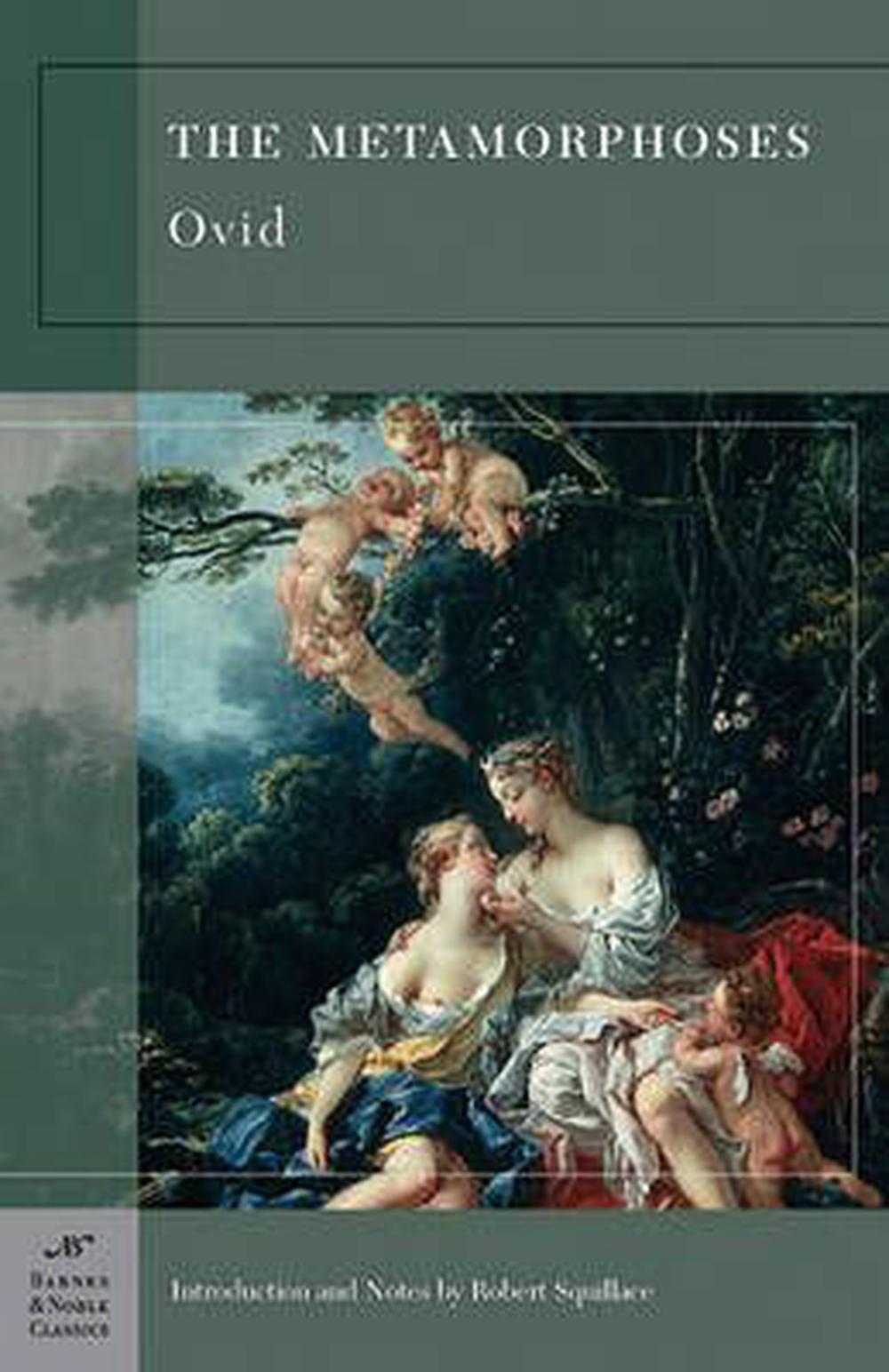

Cupid is mischievous, and proves tricky in his ability to transform the god into a love-crazed fool. What motivates each of the main characters? (Apollo, known for his usual restraint, boasts of his superiority to Cupid. Discuss the story with the following prompts: (At times the names Helios and Sol were also used to refer to his stewardship of the sun.)ģ. In Roman stories, he commonly was called Phoebus when referring to his role as the god of light. Inform students that the god Apollo was called by different names, depending on which role or duty he was fulfilling in a story. Then ask for volunteers to take turns reading each paragraph aloud.Ģ. Allow them time to read the story once quietly. Distribute copies of "Daphne and Phoebus" to your students. Copies of the poem "Archaic Torso of Apollo," by Rainer Maria Rilke, translated by Stephen Mitchell (available on the Academy of American Poets Web site atġ. Copies of "Daphne and Phoebus" (Ovid, Metamorphoses, Book 1, lines 452-566) (available on the Theoi E-Texts Library Web site at ) Reproduction of Young Man by an unknown artist Reproduction of Apollo Crowning Himself by Antonio Canova Reproduction of Apollo and Daphne by Jan Boeckhorst interpret and compare literary and visual works of art.

read and analyze ancient and modern texts. They then write an original poem that explores the theme of transformation. In part two, students read an ekphrastic poem by Rainer Maria Rilke and study a related work of art. In part one, students explore the theme of transformation in text and art by reading the story of Apollo and Daphne from Ovid's Metamorphoses and studying works of art related to the poem. The lesson plan and downloadable materials on this page are licensed under a Creative Commons Attribution 4.0 International License. Subjects: Visual Arts, English–Language ArtsĪuthor: J. The Theme of Transformation in Poetry: Ovid's Metamorphoses


 0 kommentar(er)
0 kommentar(er)
